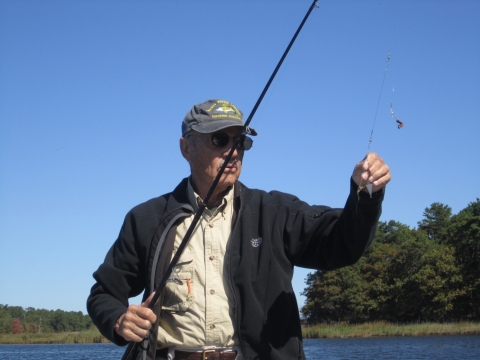Facility Activities
Visitors can enjoy fishing (Town of Oyster Bay permits required for shell fishing), wildlife observation, photography and environmental education are approved recreational uses on the refuge.
Fishing
Fishing is allowed on refuge waters. A free New York state salt water fishing license is required. Common fish species include striped bass (striper or rockfish), weakfish, summer flounder (fluke), bluefish, blackfish (tautog) and porgy (scup). Town of Oyster Bay permits are required for shell fishing.
Wildlife Viewing
The Congressman Lester Wolff Oyster Bay National Wildlife Refuge receives the greatest amount of public use of any refuge on Long Island. Recreational boaters use it heavily from May through September: on peak weekends, approximately 3,000 boats use the refuge; on weekdays, 1,000 boats per day are common.
Photography
Most photography occurs while visitors are boating on refuge waters. However, a walk around the refuge shoreline will occasionally reveal some stunning images worth capturing!




